In an era where sustainable nutrition is becoming increasingly crucial, one of nature's oldest organisms is making a remarkable comeback as a modern superfood. Spirulina, a blue-green algae that has existed for over three billion years, represents not just a nutritional powerhouse but a sustainable solution to global food challenges. This microscopic organism, often mistaken for pond scum by the untrained eye, contains such concentrated nutrition that NASA has considered it for space missions, while health enthusiasts worldwide celebrate its arrival in smoothie bowls and supplement regimens.
The story of spirulina consumption dates back centuries to ancient civilizations that recognized its value long before modern science could explain why. The Kanembu people of Chad have harvested spirulina from Lake Chad for generations, drying it into nutritious cakes called dihé that provided sustenance during scarce periods. Similarly, the Aztecs harvested spirulina from Lake Texcoco, calling it tecuitlatl and valuing it as a primary protein source. These traditional uses demonstrate that humanity has intuitively understood the value of this superfood long before laboratory analysis confirmed its extraordinary nutritional profile.
What makes spirulina truly exceptional is its protein content, which stands at approximately 60-70% of its dry weight—a concentration unmatched by most conventional plant sources. This protein is complete, containing all nine essential amino acids that the human body cannot produce independently. For vegetarians, vegans, and those seeking alternative protein sources, spirulina offers a solution that doesn't require vast agricultural land or generate significant greenhouse gas emissions. The protein bioavailability is notably high, meaning our bodies can efficiently utilize these nutrients without the digestive challenges sometimes associated with plant proteins.
Beyond its protein prowess, spirulina serves as a veritable treasure chest of vitamins and minerals. It contains substantial amounts of B vitamins, including rare vegetarian sources of B12, though debate continues about its bioavailability. The algae is particularly rich in iron, providing up to 28 times more iron than raw spinach and in a form that appears to be more easily absorbed than many plant-based iron sources. This makes it particularly valuable for individuals with anemia or those at risk of iron deficiency. The presence of gamma-linolenic acid (GLA), a beneficial fatty acid rarely found in such concentrations outside of human breast milk and evening primrose oil, adds to its nutritional mystique.
The antioxidant properties of spirulina deserve special attention, primarily due to its unique blue pigment called phycocyanin. This compound not only gives spirulina its distinctive color but functions as a powerful antioxidant that can neutralize free radicals and inhibit inflammatory pathways. Research suggests that phycocyanin may help protect against oxidative damage that contributes to chronic diseases, aging, and cancer. The combination of phycocyanin with other antioxidants like beta-carotene creates a synergistic effect that enhances the body's defense systems against environmental and metabolic stressors.
From an environmental perspective, spirulina presents advantages that conventional agriculture struggles to match. Its water footprint is remarkably low, requiring approximately 50 times less water than equivalent protein from beef production. Unlike traditional crops that demand fertile soil and seasonal growing conditions, spirulina thrives in alkaline lakes and controlled aquaculture systems that don't compete with food crops for arable land. The cultivation process actually consumes carbon dioxide, making it a carbon-negative protein source when managed properly. These environmental credentials position spirulina as a sustainable food source for our increasingly populated and climate-challenged planet.
The cultivation methods for spirulina have evolved significantly from harvesting natural blooms. Modern production occurs in controlled environments—ranging from open raceway ponds to closed photobioreactors—that optimize growth conditions while minimizing contamination risks. These systems allow year-round production with consistent quality, unaffected by seasonal variations or weather disruptions. The harvesting process typically involves filtration and spray-drying at low temperatures to preserve nutritional integrity, resulting in a fine powder that can be incorporated into various food products or consumed directly.
Despite its impressive credentials, spirulina faces challenges in consumer acceptance. Its strong, distinctive flavor—often described as grassy or oceanic—can be off-putting to those unaccustomed to it. The green color, while natural, presents marketing challenges in food products where consumers expect certain appearances. There are also legitimate concerns about quality control, as poorly produced spirulina can contain contaminants or toxins if grown in polluted waters. These hurdles require thoughtful approaches to product development and transparent quality assurance to build consumer trust.
The future applications of spirulina extend beyond human nutrition into animal feed and even biofuel production. Research indicates that incorporating spirulina into animal feed can improve growth rates, enhance immune function, and reduce the environmental impact of livestock production. The same properties that make it valuable for human consumption—high protein content, antioxidants, and fatty acids—benefit animals while potentially reducing reliance on traditional feed crops like soy and corn. In the energy sector, spirulina's rapid growth rate and lipid content make it a candidate for biodiesel production, though this application remains largely experimental.
As climate change and population growth intensify pressure on global food systems, spirulina represents more than just another health trend. It embodies a paradigm shift toward foods that nourish both people and the planet. With continuing research into genetic optimization, cultivation techniques, and product development, spirulina's potential is far from fully realized. This ancient organism, having witnessed billions of years of Earth's history, may hold keys to our sustainable future—providing nutrition without destruction, abundance without waste, and health without compromise.
The journey of spirulina from ancient lakes to modern plates illustrates how looking backward sometimes provides the best way forward. In rediscovering this primordial superfood, we're not just embracing a nutritional supplement but participating in a larger movement toward sustainable food systems. As research continues to uncover new benefits and applications, spirulina stands poised to transition from niche health product to mainstream food source—a tiny organism with massive potential to contribute to human health and planetary wellbeing simultaneously.
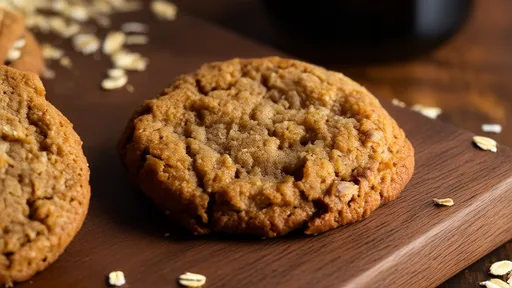
By /Aug 29, 2025
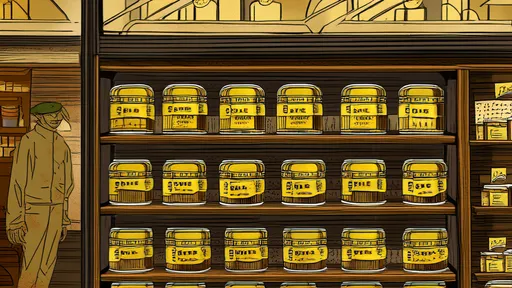
By /Aug 29, 2025
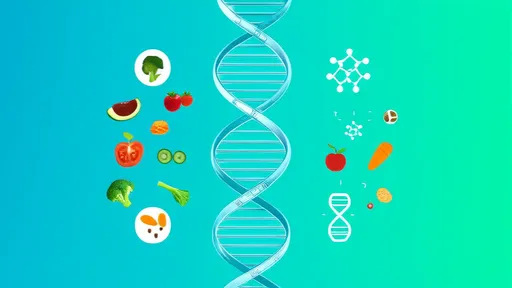
By /Aug 29, 2025

By /Aug 29, 2025

By /Aug 29, 2025

By /Aug 29, 2025

By /Aug 29, 2025

By /Aug 29, 2025
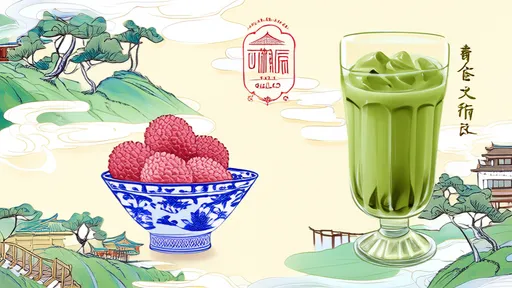
By /Aug 29, 2025

By /Aug 29, 2025
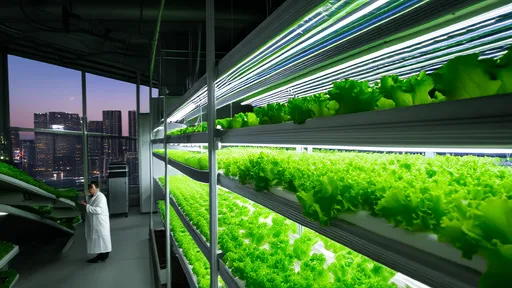
By /Aug 29, 2025
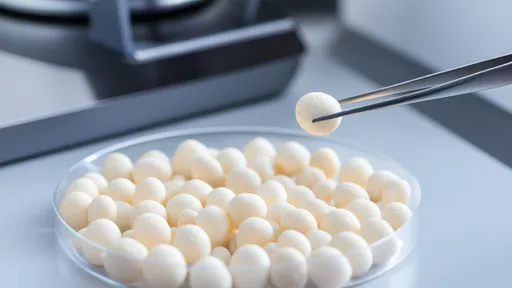
By /Aug 29, 2025
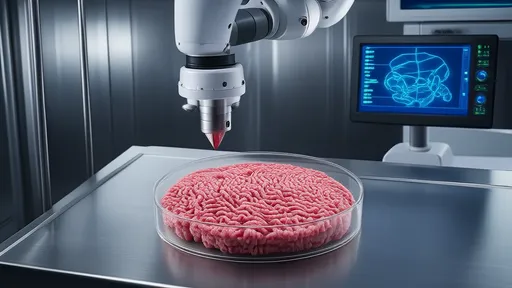
By /Aug 29, 2025
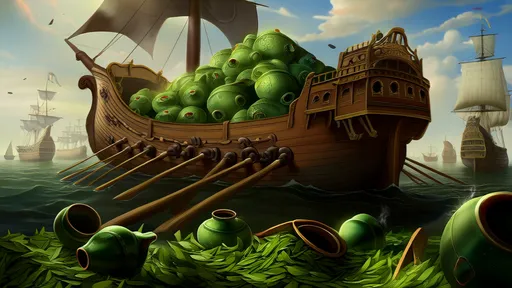
By /Aug 29, 2025

By /Aug 29, 2025
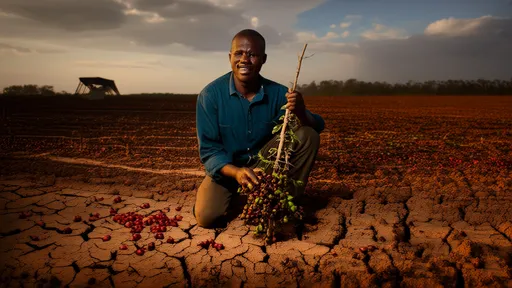
By /Aug 29, 2025
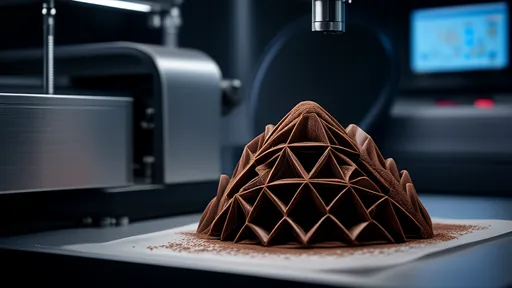
By /Aug 29, 2025
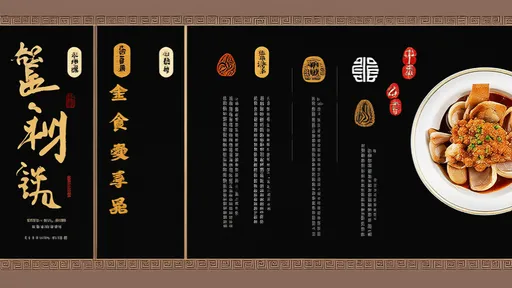
By /Aug 29, 2025
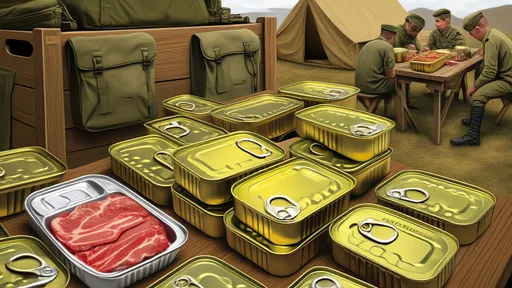
By /Aug 29, 2025
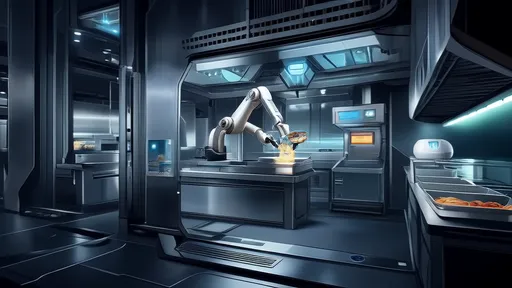
By /Aug 29, 2025